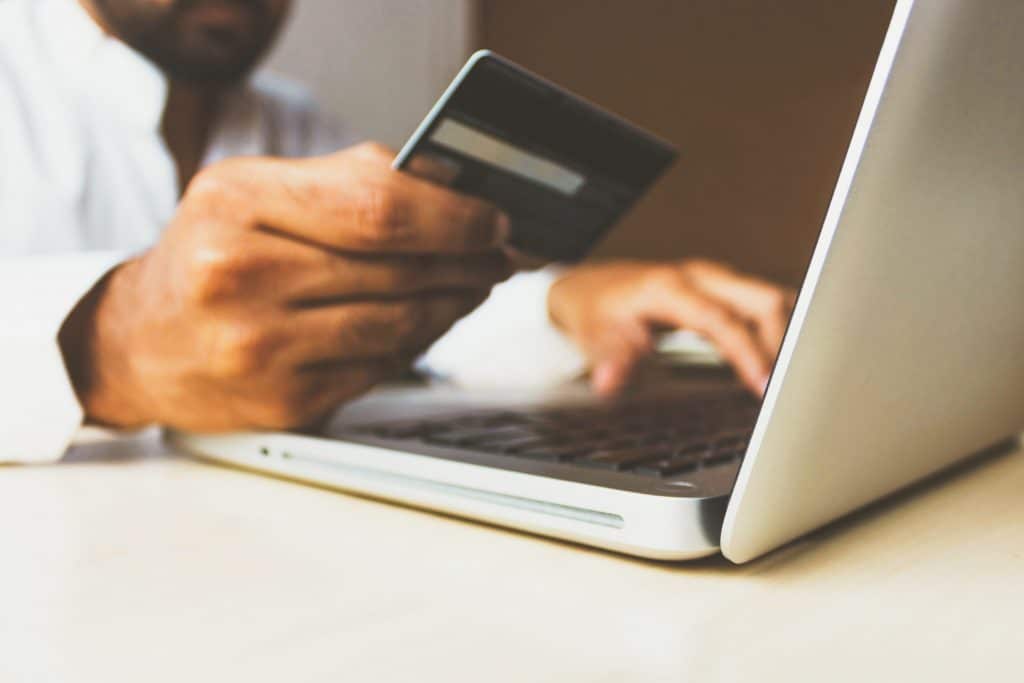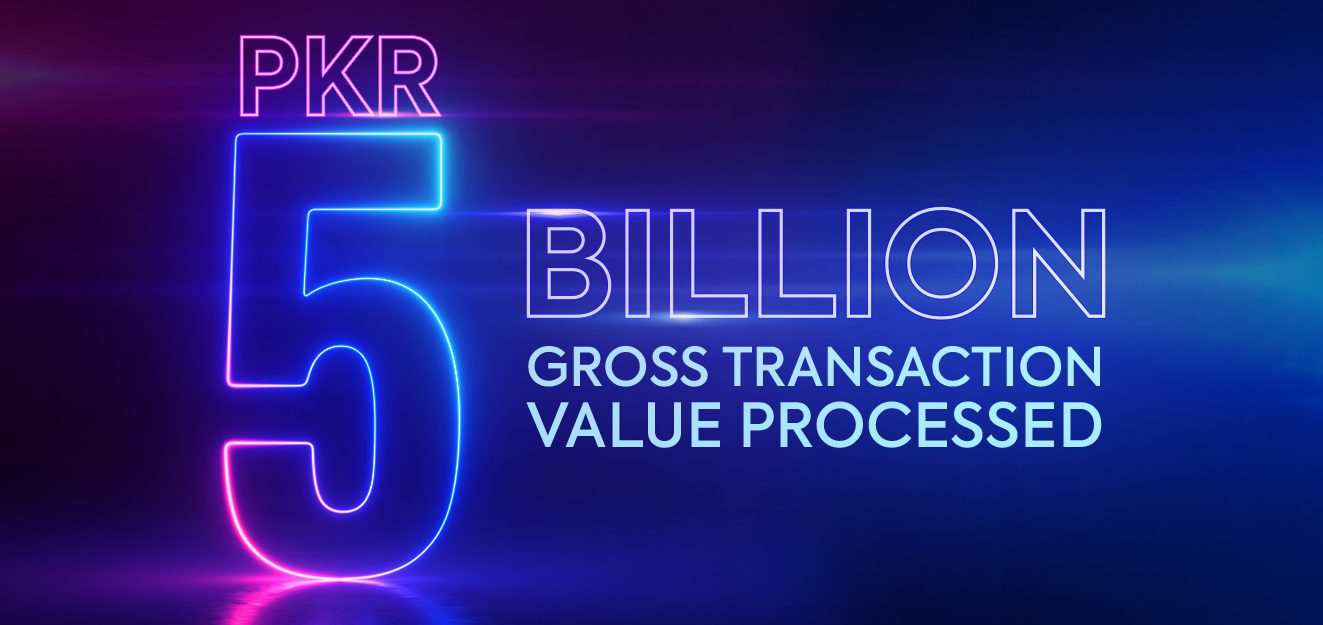
Coronavirus or COVID-19 had been a huge turnover for the whole world. It has accelerated almost all the trends of the world, especially becoming uptick in contactless payment and digital transactions usage. A few months later today, it is becoming evident that 2020 is an inflection point for digital payment adoption almost everywhere in the world. Coronavirus completely changed the world. The only health solution doctors could find was to make people stay home and put a stop to the spread of this deadly virus. Everything was shut down including shops, schools, airlines, salons, etc. With the closure of everything, e-commerce had to take charge. People started using different payment methods more preferably contactless payment. Just as schools started online classes as their education solution, people started using particular payment gateways to transfer money.
Digital solutions have already taken the agricultural route. Within the current situation, small towns, where digital payments had begun to devour, would also believe to require success. Nonetheless, mobile penetration, initiatives by telcos, and awareness campaigns do their work to create a digital ecosystem within the short and while run are often proved to be useful. Industries like utility bill payments, IT, software, and entertainment have seen significant growth. An impressive growth within the use of mobile wallets in tier two and three cities, and it’ll still witness a massive surge in wallet transactions for bill payments.
Regardless, the Covid-19 flare-up left clients around the globe with little choice than to shop from their homes. From daily use things and staple goods to new create, dress, extras, and hardware, clients had to purchase everything on the web as they remained inside. As indicated by a web-based business list gathered by Daraz, one of Pakistan’s largest online stores. There has been an enormous increment in advanced installments and an ascent in clients’ shopping on the web since the Covid-19 episode. It was a short-term change for Pakistani online retailers and the best chance to make history.
Foodpanda, an application-based food delivery administration, presented ‘contactless delivery’ during the lockdown. Where clients could pay on the web, and the rider would leave the food at their doorstep. GrocerApp, an online general store, has been around since 2016. While the application has seen its market develop reliably, it has folded up in a strange domain in recent months. In early lockdown days, the interest for new produce, food supplies, and even meat online was high to the point that enormous players additionally began selling these items.
Other than online shopping, online internships have also joined the race. Students are now working online as interns and earning digitally. This had been a benefit to many as they can multitask easily and gain experience.
When purchasing on E-Commerce websites during the pandemic, global consumers mainly use credit cards and digital wallets, even though there’s also a robust variation within the way shoppers in several countries pay online. This all becomes easy and secure via secured digital transactions. For instance, quite two-thirds of digital buyers in Canada chose to pay by MasterCard when shopping online during the outbreak, UK buyers preferred debit cards, and people in Italy opted for digital wallets like PayPal. Payment security was the highest criterion applied by internet buyers when selecting their top payment method, consistent with an April 2020 survey.
Naturally, the adoption of digital transactions brings a few rapid movements of digital disruption in banking. As mobile payments and fintech apps enjoy their pandemic boost, many are looking to benefit their customer relationships to expand their services. Every digital wallet today may be a neo-bank within the making, looking to shake up the financial industry. For example, Square has already been developing Cash App’s features beyond simple P2P transfer with things like Cash Card, a debit card, Cash Boost, a rewards program, and Cash App Investing. Interestingly, to get stimulus checks via Cash App, users got to apply and gain approval for a Cash Card first. Similar requirements also are in situ for PayPal and Venmo, promoting new users to interact with quite its basic in-app features. The goal, of course, is to surround deeper in users’ finance management with a comprehensive set of services.
Another common goal shared by many fintech services is to ultimately level up and build a commerce ecosystem that serves both consumers and merchants. Both PayPal and Square are getting to serve both sellers and buyers with a mixture of business-oriented and consumer-facing products. Square is one of the market leaders within the digital POS system and provides a “one-stop-shop” service to its business customers with combined payroll and banking services, whereas PayPal also sells MasterCard readers and POS software that primarily serves small businesses.
Apple also recently got into the seller side of digital payments by acquiring Mobeewave, a Montreal-based startup whose flagship app can turn iOS devices into NFC-equipped POS terminals. Considering that Apple features a history of getting startups and integrating their core capabilities into their services, it seems safe to assume that at some point soon, merchants are going to be ready to use their iPhones to receive contactless payments from others, no tangling MasterCard reader plugs needed. While this might hurt Square’s business, it might significantly broaden the utilization case for Apple Pay and build out Apple’s financial service ecosystem underpinned by the Apple Card.
Rival smartphone maker Samsung has also been getting to expand its financial service footprint. Its answer to the Apple Card, the Samsung Pay Card, was officially launched within the UK on Monday. Powered by London-based fintech Curve, it allows users to combine all of their existing bank cards into one card and a digital wallet. Samsung Pay Card users also will get access to other financial management features from Curve, like instant spend notifications, peer-to-peer payments from any linked checking account, and, therefore, the ability to modify payment sources retroactively. By partnering with Curve, Samsung can build out its banking services overnight by proxy.
Together, these recent developments in digital payments lead to the growth objective of digital payment providers. At the start of the pandemic, some cited the shut-down of Moven, a U.S.-based digital bank, as an example of market turbulence impacting VC funding and spelling trouble for the cash-burning neo-banks. But it seems that some neo-banks were ready to rise to the challenge of increased consumer interest, as market leaders Chime and Current have posted a number of their best quarters so far during the pandemic.
Pakistan has different professionals, Easypaisa, JazzCash, PayPro, HBL Connect when it comes to digital payments and digital transactions. That certainly shows how the trend of digital banking is firmly increasing, and people are now more comfortable in performing transactions digitally. The rush in the adoption of digital wallets will help cover the way for a digital future.
Popular wisdom says it takes about two months to form a new habit, and, since the pandemic is unlikely to recede until 2021, U.S. consumers will unquestionably have longer than two months to become accustomed to digital payments. Given the accelerated shift in payment behavior and fintech disruption, the path forward for the market, incumbents are clear: adapt or wither. In response to the influence of COVID-19, banks and credit card companies should reflect prioritizing the following three tactics: Ramp up mobile wallet education, Strive to be the default payment option with targeted rewards, and Build out a digital service an ecosystem that support vendors.




